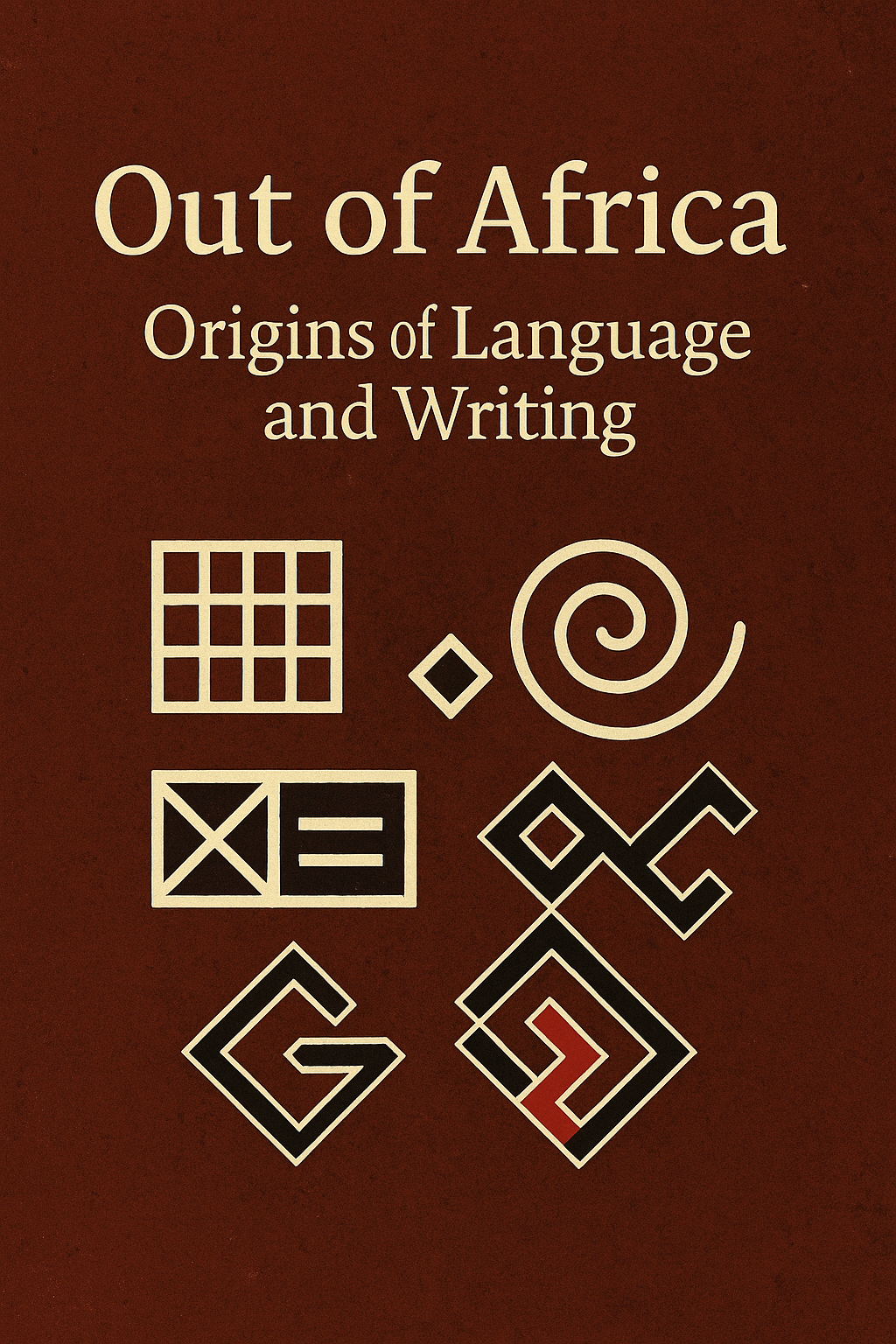Comparative Lexical Parallelism Between Kikongo and Middle Egyptian
DOI :
https://doi.org/10.5281/zenodo.17505654Mots-clés :
Kikongo, Out of Africa, palaeoclimatic clusters, lexical derivation, phonosemantics, Ancient EgyptianRésumé
This study presents a comparative morphological and phonosemantic analysis showing that a substantial subset of Old and Middle Egyptian lexical roots can be generated from Kikongo through minimal and reproducible transformation rules. The method begins with Kikongo phonological inventories, tone morphology and nasal logic, then applies controlled rule-based operations such as nasal loss, vowel flattening, consonant de-aspiration and semantic narrowing. A first verification on approximately one hundred Kikongo roots showed that these procedures generate attested Egyptian forms with high internal coherence. From this basis the corpus was extended to four thousand roots and the same rules continued to predict Egyptian realisations with fewer arbitrary exceptions than conventional Afroasiatic comparative models.
These results are compatible with a scenario in which Kikongo preserves a more archaic conceptual and phonological state, closer to the ancestral African substrate out of which Egyptian specialised regionally. This also aligns with palaeoclimatic evidence indicating that early African populations repeatedly clustered in limited habitable corridors during long periods of aridification. Under such demographic constraints shared symbolic systems and linguistic structures would be more likely to be conserved across contiguous populations. If language was already established before the major Out of Africa dispersals then languages retained nearer to original African centres would logically remain closer to ancestral forms while languages spoken by populations migrating outward would accumulate more drift. This provides a general explanatory model for global linguistic variety. In addition, archaeological, genetic and cultural correspondences between Central Africa and Ancient Egypt justify testing direct lexical derivations rather than assuming unrelated development.

